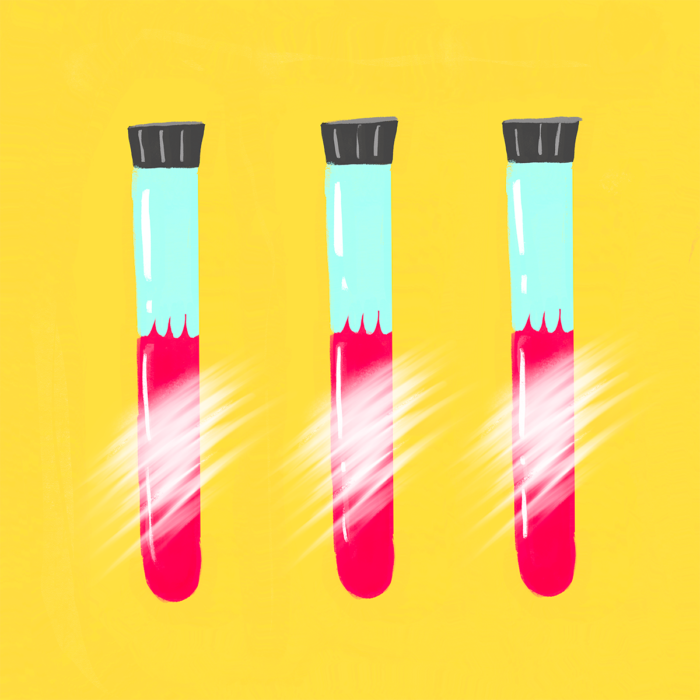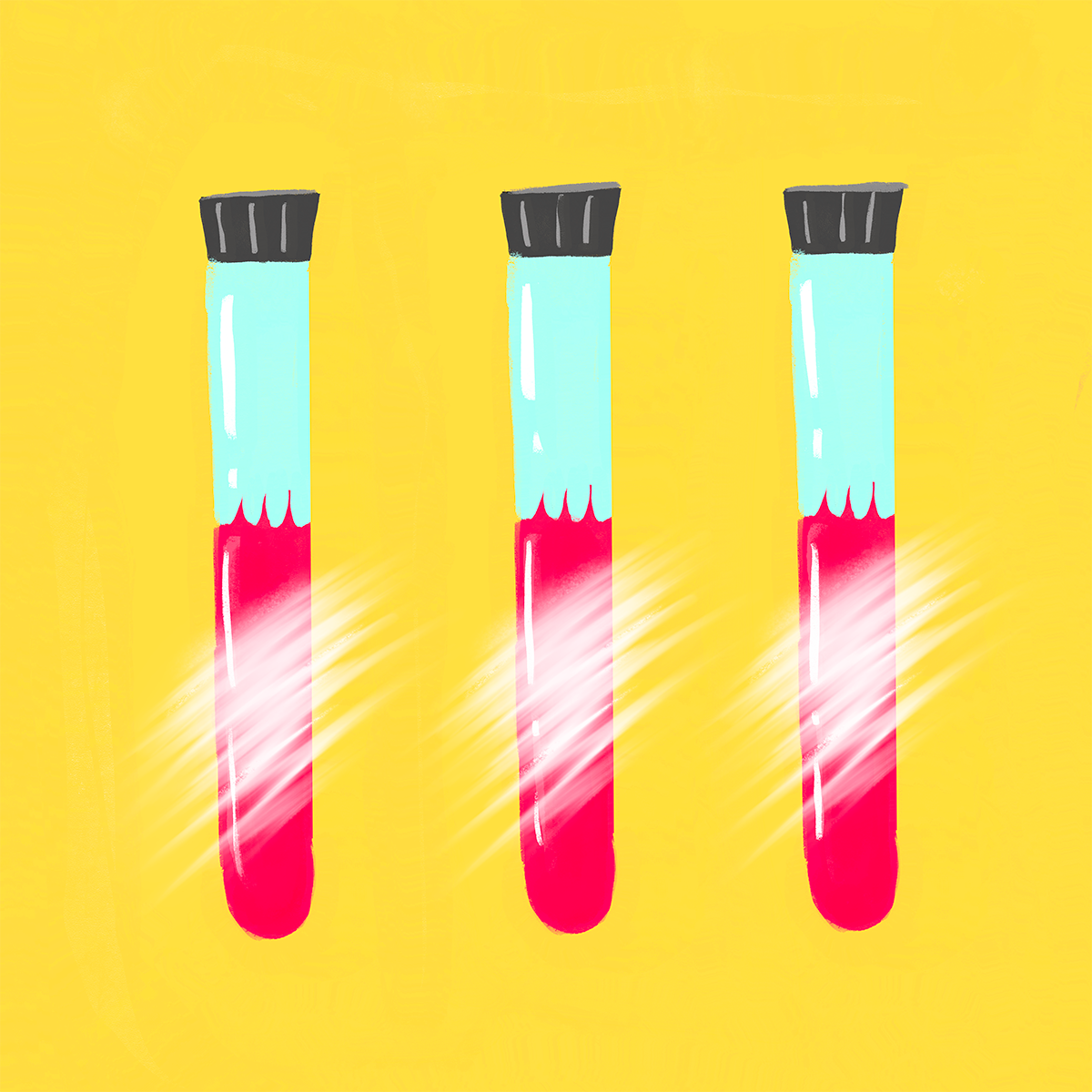
Experts and (most) political leaders have come to the agreement that widespread testing and contact tracing are mandatory for a pandemic-proof society. The rapid deployment, then, of COVID-19 antibody tests would seem to be a good step in that direction. In a growing number of cities around the West, folks can test their blood for antibodies that fight off the virus — the presence of which are an indication that a person has been infected and, possibly, has some level of immunity to the disease.
But the volume of such tests, and the velocity with which they’re entering a barely regulated market, has experts dusting off a cliché. “It’s already a case of the continuing wild, wild West,” Stanford University immunology professor David Relman told the Los Angeles Times. Given the pandemic circumstances, federal regulators aren’t requiring approval for the tests before they’re put into use — providers must only adhere to guidelines and include a disclaimer. So far, more than 70 companies have told regulators they plan to put tests on the market, even though just four have been granted Federal Drug Administration emergency approval. Still, this is important forward progress, and it’s being led by communities large and small in the West.
Read our previous coverage of the COVID-19 outbreak
The first regional foray into COVID-19 antibody testing took place in Colorado’s San Miguel County. Mei Mei Hu and Lou Reese, the wife-husband executives of New York-based United Biomedical, own a second home in Telluride, the county seat. In mid-March, their company announced that every county resident could undergo the company’s antibody testing free of charge.
But a bottleneck soon developed at the company’s lab in New York. Staffing at the lab was down 40 percent, according to a county press release, and, as with other labs around the country, testing supplies were scant. The county said the tests would be put on hold, but within a day, the partnership was back on. Though it has proceeded slowly, United Biomedical has processed, as of this writing, 4,757 tests, with another 695 pending. Ninety-eight percent have come back with negative results — an indication the coronavirus has barely touched this county.
Other testing programs are underway. Blaine County, the Idaho resort community hit hard by the pandemic, is the site of a randomized study, and testing should begin in New Mexico in a week. In the Boise area, a group of 18 businesses are providing antibody tests for anybody who wants one; National Jewish Health is doing the same in Denver.
University health systems are jumping into the fray, too. The University of Washington this week began offering tests in the Seattle area, and University of California San Francisco doctors are leading communitywide testing in the city’s Mission District and in Bolinas, a wealthy town of about 1,600 nearby.
“Over and over, we see people saying that they’re ready to lift the distancing restrictions and open everything back up,” Dr. Aenor Sawyer, a UCSF orthopedic surgeon coordinating testing in Bolinas, told The Guardian. “But it’s actually reckless to begin lifting before we have any information — or enough information — about how the virus moves through a community.”
Does your organization care about the future of Western journalism? Consider a Bitterroot sponsorship
Rodney Ho, a professor of pharmaceutics at the University of Washington who has worked on HIV-AIDS treatments, said we should be thinking about these early tests as informational tools, not a free pass to resume social interactions. Antibody tests can provide two tiers of information, Ho explained in an interview. First, they tell us whether a person has been infected with COVID-19. This is valuable from an epidemiological standpoint — public health officials have long said the confirmed cases are an undercount, since those tested up to this point have primarily been those exhibiting symptoms, and a lack of federal coordination has restricted testing nationwide.
Beyond that, tests can measure the level of antibodies in a person’s blood, which is of greater value from a virology perspective. A person with high levels of antibodies could be a donor for experimental COVID-19 treatments.
“The downside of it is that you can’t trust something that you don’t know,” Ho said. Researchers are operating under the assumption that antibodies provide some level of immunity, but the degree and duration of that immunity are unknown. “All of these are being tested, everyone is in a hurry, but we don’t have enough time.”
Ho and others are concerned that antibody tests could instill a false sense of security, particularly among those who test positive. Speaking to Boise State Public Radio, David Pate, the former chief executive of Idaho-based St. Luke’s Health System and a member of Idaho Governor Brad Little’s coronavirus task force, criticized the privately-run Crush the Curve effort, which bills itself as a step that would help Idahoans to “get back to work.” The tests cost about $100; so far, just 34 of the 1,937 people screened have tested positive for the COVID-19 antibodies.
“The role for antibody testing today is … epidemiologic studies where we want to look at a population of people and try to get a better idea of how much of that population has been infected,” Pate said. “And let’s be clear, infected is not synonymous with immune, necessarily. We don’t know.”
At this stage, those who test positive know just one thing for certain: they’ve contracted coronavirus in the past. We don’t yet know whether that person can contract the virus again, and whether symptoms will be more or less severe the second time around. And if a person can contract the disease a second time, they may be able to spread it again, too.
So, at this point, antibody tests are most valuable at assessing the virus’ footprint, and a pair of studies out of California suggest COVID-19 has been far more prevalent than confirmed-case counts (determined by nasal swabs) indicate. One study from Stanford University researchers estimated as many as 81,000 people in Santa Clara County had contracted the virus by early April — 85 times higher than the reported case level. And in Los Angeles County, researchers estimate that up to 442,000 people had developed antibodies to the virus by April 9, when testing began; only 8,000 cases had been confirmed via nasal swab at the time.
“Serology testing can provide important information on the true extent of the infection in our communities,” Neeraj Sood, a public policy professor at the University of Southern California and one of the study’s authors, said in a press conference.
Neither of the California studies have been peer-reviewed, and they are coming under fire for their sampling methodology; participants in the Northern California study, for instance, were whiter and richer than the population as a whole. But the studies nonetheless highlight the importance of widespread antibody testing, particularly as political leaders start easing restrictions.
In the coming days, Montana Governor Steve Bullock and Colorado Governor Jared Polis, Democrats both, will allow certain businesses to re-open. Polis went so far as to say offices can re-open on May 4, albeit at 50 percent capacity. Bullock said his decision was predicated in part on the leveling off of new cases of COVID-19. But without robust antibody testing, one can’t be certain that cases actually are plateauing — it may just be that the majority of people who have contracted the disease recently have symptoms too mild for hospitalization, or are asymptomatic altogether.
Further, if the California and San Miguel County tests are any indication, the vast majority of people still haven’t come in contact with the virus. If 442,000 people in L.A. County have antibodies, as Sood’s team estimated, that means just 4.1 percent of the adult population has even a chance of immunity — a far cry from the 60 percent necessary for “herd immunity” that slows a virus’ spread.
So, despite all the unknowns, Ho said at least one thing is certain: Widespread testing, interpreted appropriately and done in conjunction with social distancing and sanitation measures, is needed before society can return to any semblance of normal.

